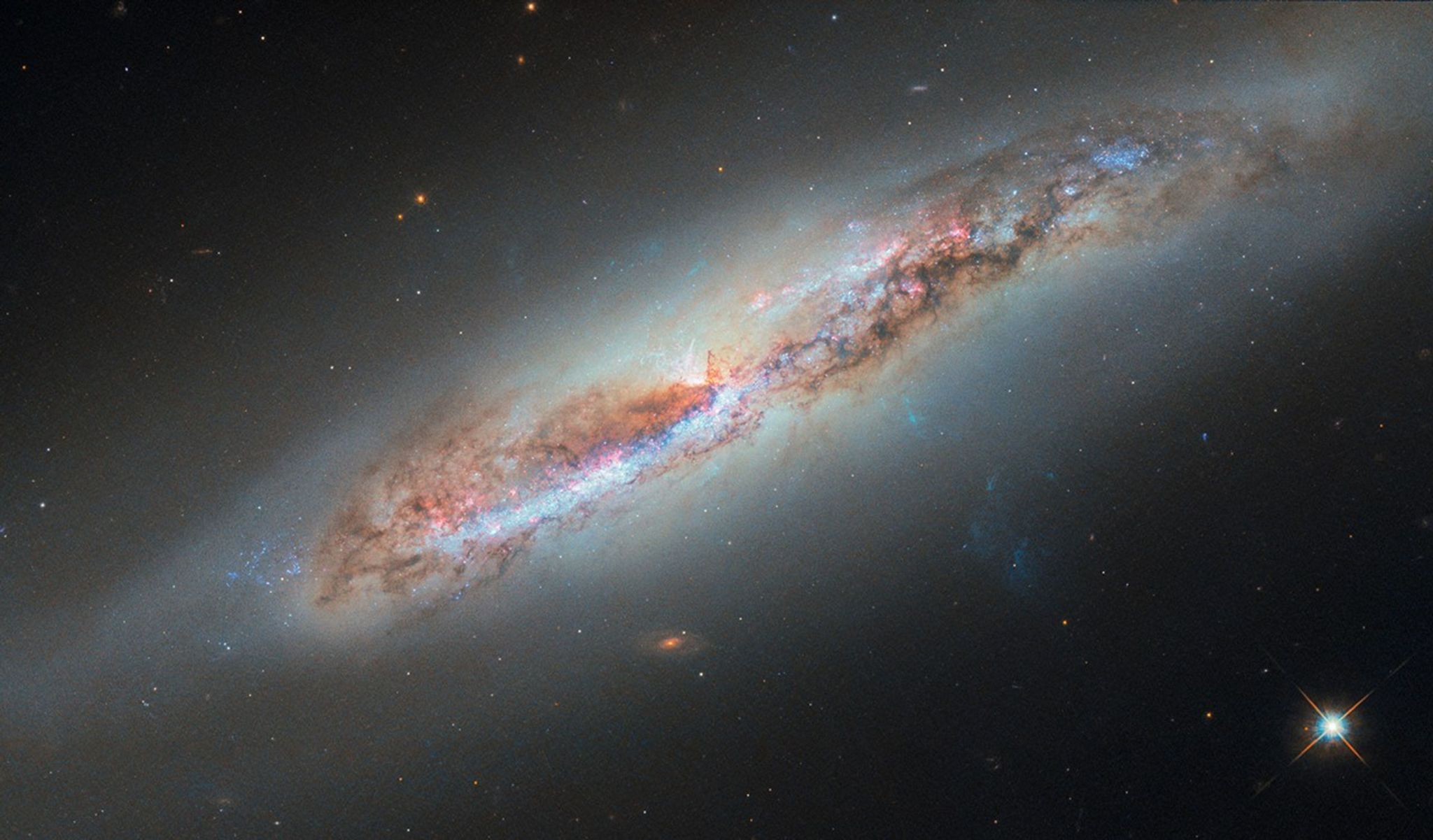from NASA Breaking News http://ift.tt/1rAooJj
via IFTTT
It's active. It's passive. And it's got a big, spinning lasso.
NASA's Dawn spacecraft has entered an approach phase in which it will continue to close in on Ceres, a Texas-sized dwarf planet never before visited by a spacecraft.
A NASA-led study suggests that tropical forests absorb more carbon dioxide than scientists thought. That means, if left undisturbed, the tropical trees should be able to continue reducing the rate of global warming.
Gecko-inspired grippers might one day help service satellites and collect orbital debris.
The famous Horsehead nebula takes on a ghostly appearance in this newly released image from NASA's Spitzer Space Telescope.
NASA's planet-hunting Kepler spacecraft makes a comeback with the discovery of the first exoplanet found using its new mission -- K2.
A new study suggests that the thin, hot gas around Jupiter's moon Europa does not show evidence of plume activity occurring in 2001, when NASA's Cassini spacecraft flew past.
The first global maps of atmospheric carbon dioxide from NASA's new Orbiting Carbon Observatory-2 mission demonstrate its performance and promise.
The "tsunami wave" that NASA's Voyager 1 spacecraft began experiencing earlier this year is still propagating outward, according to new results
High-resolution geological mapping based on images from NASA's Mars Reconnaissance Orbiter suggests lakes and "marsquakes" were part of the vast Valles Marineris canyon system.
Persistent computer resets and "amnesia" events that have occurred after reformatting the flash memory on the Opportunity rover have prompted a shift to a working mode that avoids the flash data-storage system.
New color maps of Saturn's major icy moons demonstrate how much NASA's Cassini mission has changed our view of the Saturn system since the Voyager era.
You may know opals as fiery gemstones, but something special called OPALS is floating above us in space.
An innovative robot developed at JPL will perform several disaster-relief tasks in next year's DARPA Robotics Challenge finals.
Observations by NASA's Curiosity Rover indicate Mars' Mount Sharp was built by sediments deposited in a large lake bed over tens of millions of years.
The Dawn spacecraft has delivered a glimpse of Ceres, the largest body in the main asteroid belt, in a new image taken 740,000 miles (1.2 million kilometers) from the dwarf planet.
Twenty teams of students from Southern California middle and high schools, plus seven JPL teams, competed in the JPL Invention Challenge, called "Keep It Moving."
One galaxy devoured remnants of another galaxy, quenching the formation of new stars.
Four miniature rovers will go head-to-head this week at JPL as community college students get a first-hand look at what it's like to work on a robotic space mission.
NASA will host a media teleconference at 9 a.m. PST (noon EST) Monday, Dec. 8, to discuss geological observations made by NASA's Mars rover Curiosity.
A new NASA study concludes that stars aren't all that dusty -- a step forward to finding planets that might harbor life.
A comprehensive, 21-year analysis of the fastest-melting region of Antarctica has found that the melt rate of glaciers there has tripled during the last decade.
This NASA/ESA Hubble Space Telescope image features the galaxy NGC 4388, a member of the Virgo galaxy cluster. ESA/Hubble & NASA, ...
